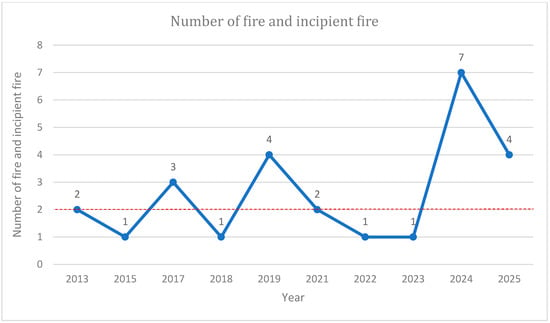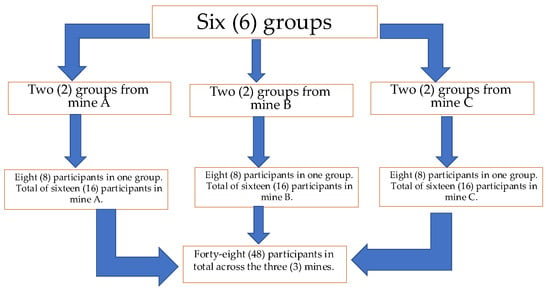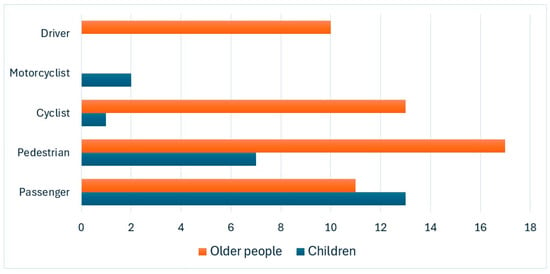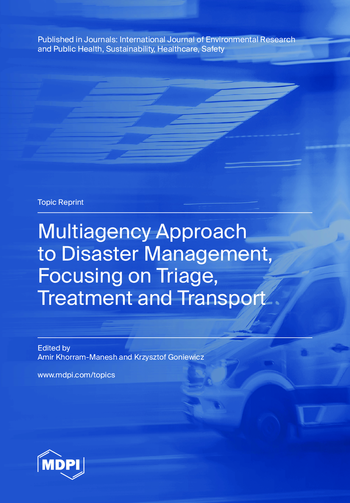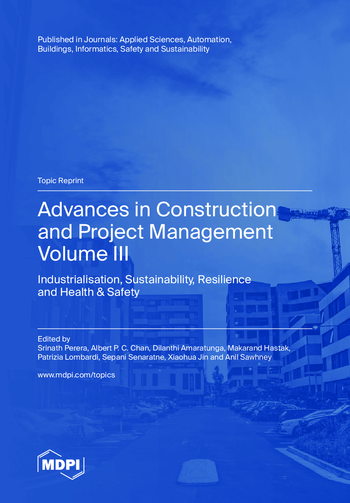- Article
The Use of a Device to Improve the Evacuation Performance of Hospitalized Non-Self-Sufficient Patients in Healthcare Facilities
- Simone Accorsi,
- Francesco Ottaviani and
- Aurora Fabiano
- + 1 author
Background: Fire emergency management in healthcare facilities represents a complex challenge, particularly in historic buildings subject to architectural preservation constraints, where progressive horizontal evacuation is objectively difficult. This study analyzes the effectiveness of an evacuation sheet employed by Hospital Policlinico San Martino to improve the speed of evacuating non-self-sufficient patients in these buildings. Methods: This study involved evacuation simulations in wards previously selected based on structural characteristics. Healthcare personnel (male and female, aged between 30 and 55 years) conducted both horizontal and vertical patient evacuation drills, comparing the performance of the S-CAPEPOD® Evacuation Sheet (Standard Model) with the conventional method (hospital bed plus and rescue sheet). This study focused on the night shift to evaluate the most critical scenario in terms of human resources. Results: The use of the evacuation sheet proved more efficient than the conventional method throughout the entire evacuation route, especially during the first 15 min of the emergency (the most critical period). Indeed, with an equal number of available personnel, the evacuation sheet enabled an average improvement of 50% in the number of patients evacuated. Conclusions: The data support the effectiveness of the device, confirming the theoretical premise that the introduction of the evacuation sheet—also due to its ease of use—can be an improvement measure for the evacuation performance of non-self-sufficient patients, despite limitations related to structural variability and the simulated nature of the trials.
24 December 2025


